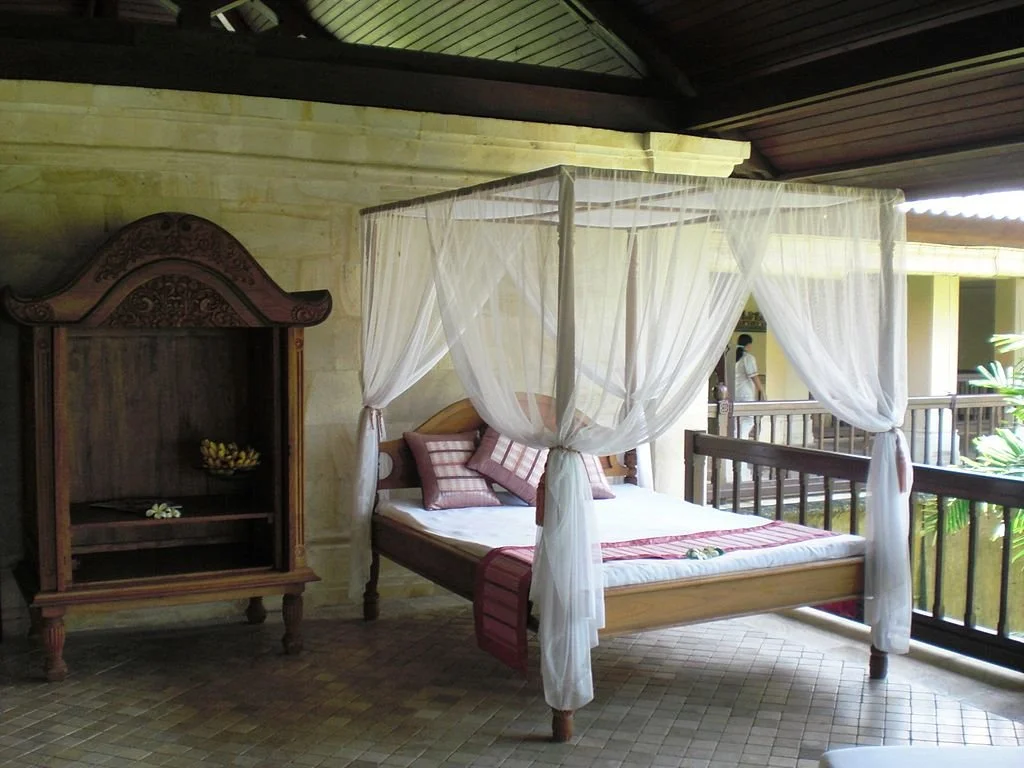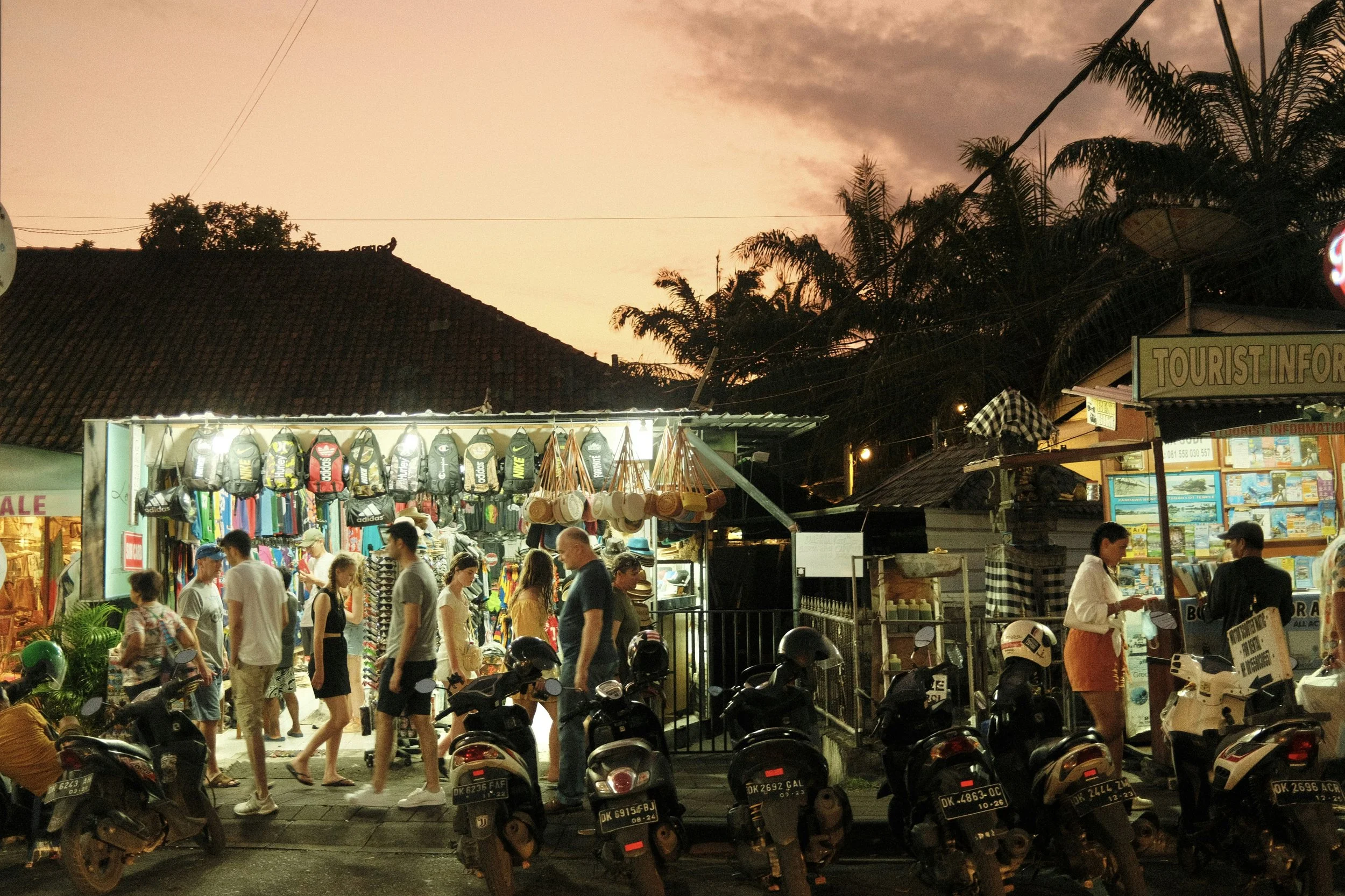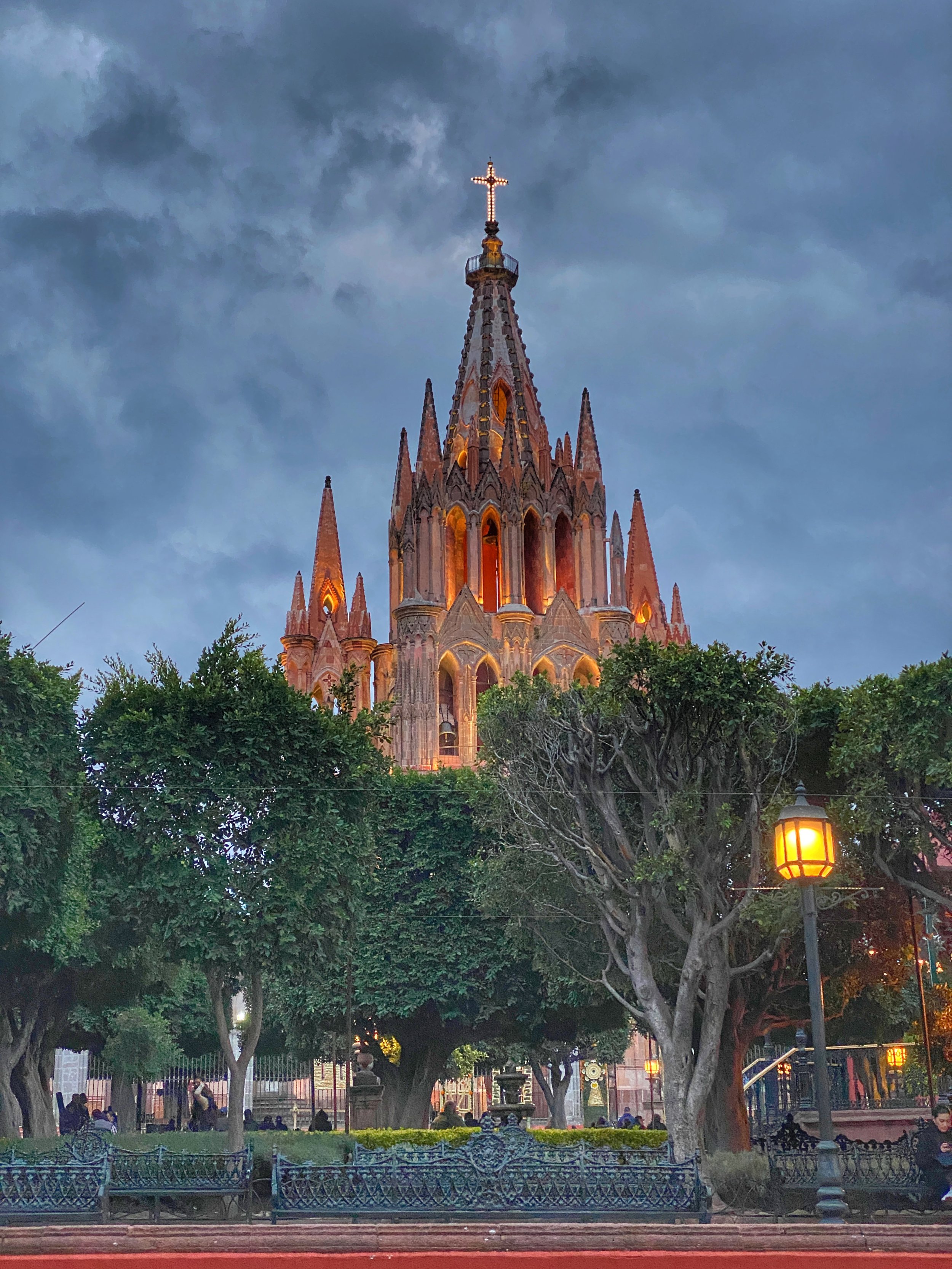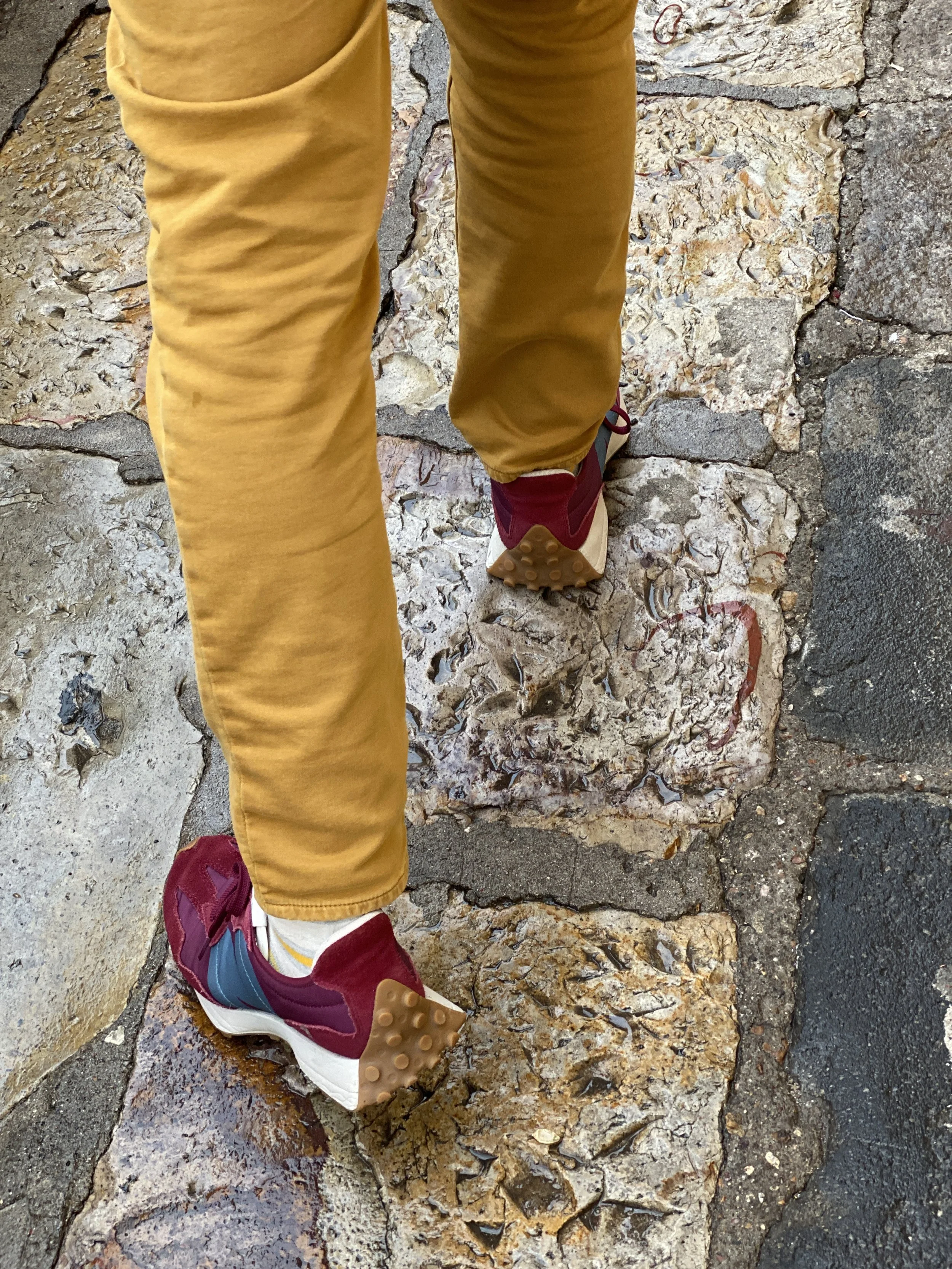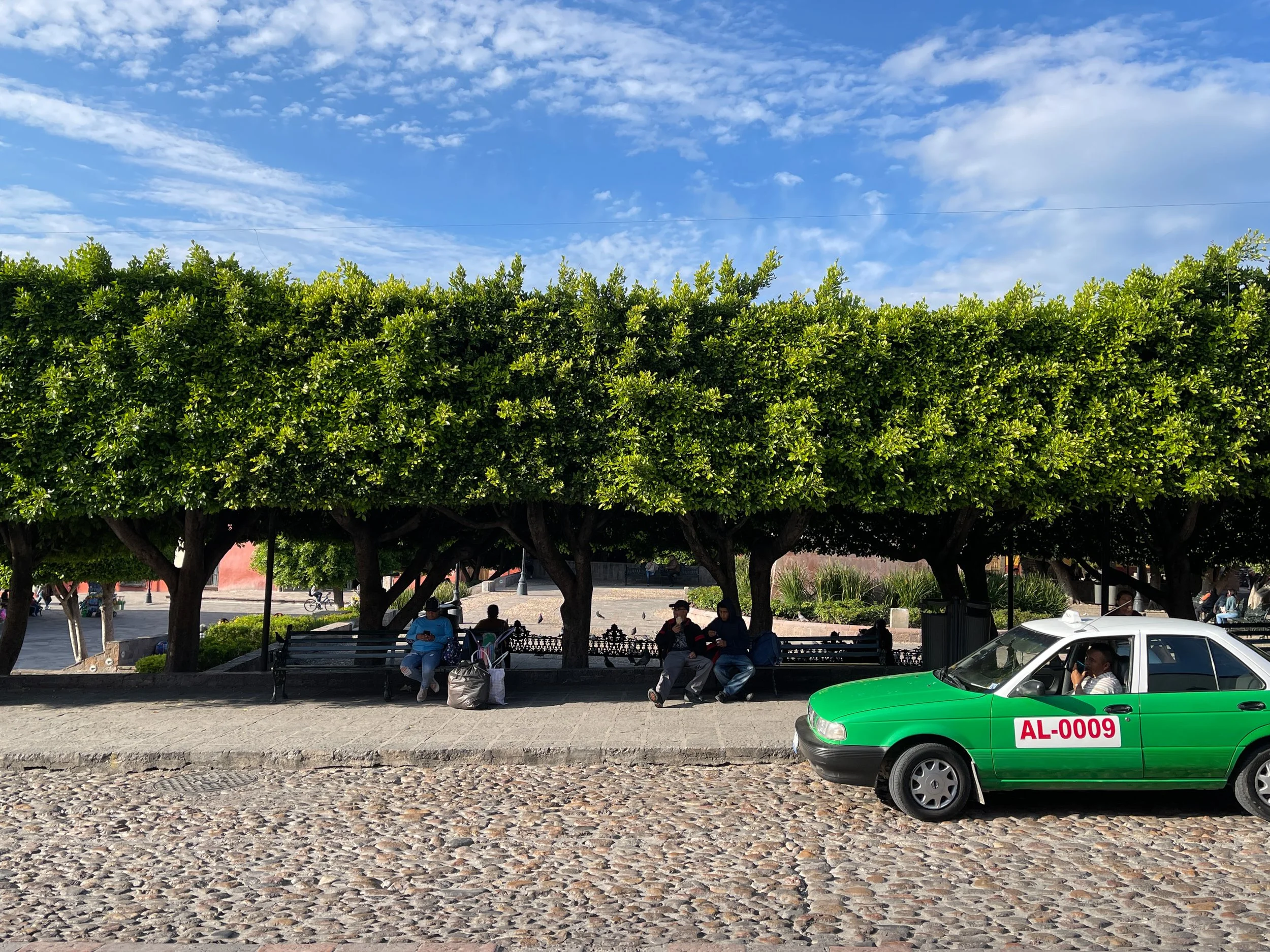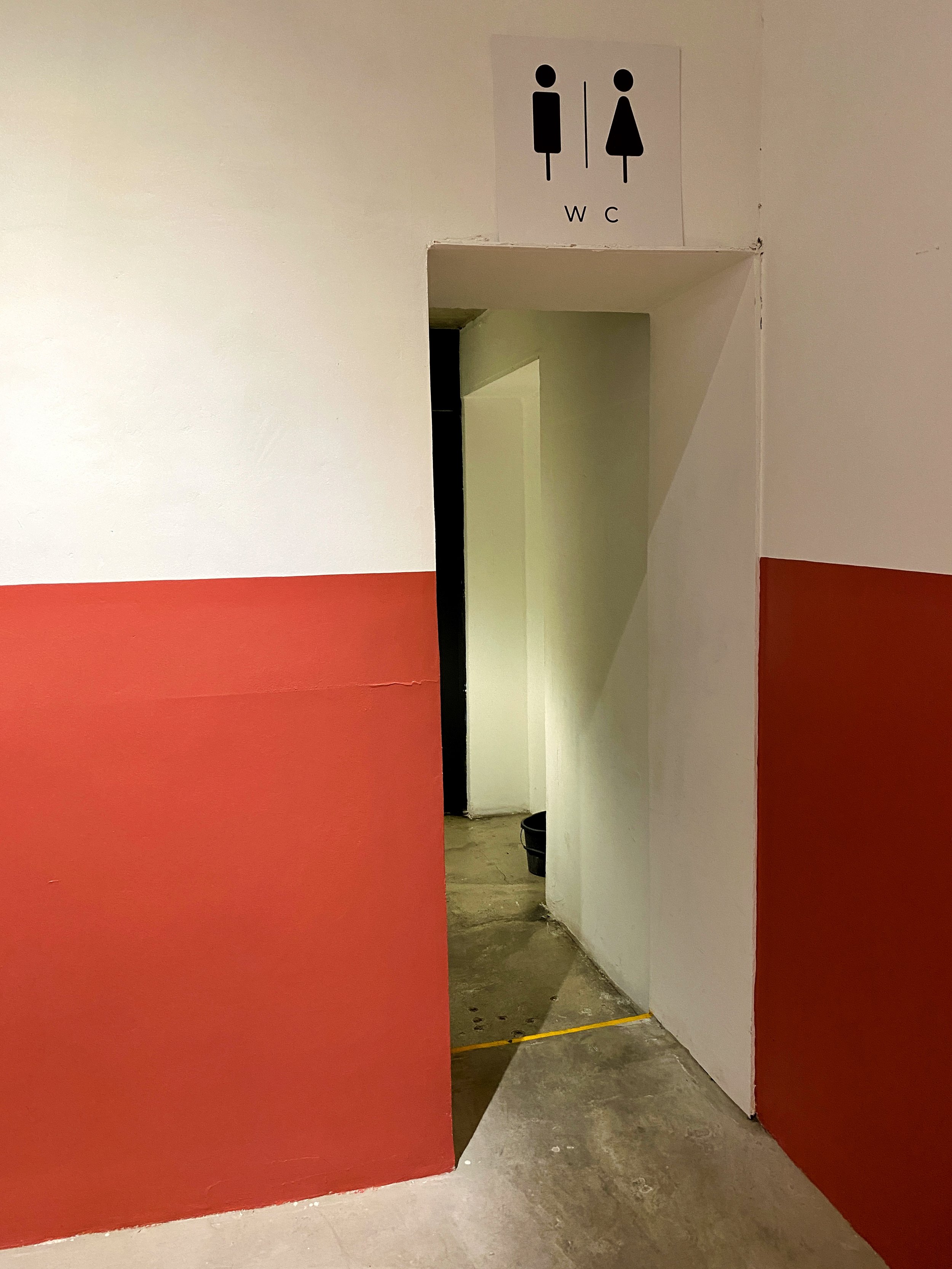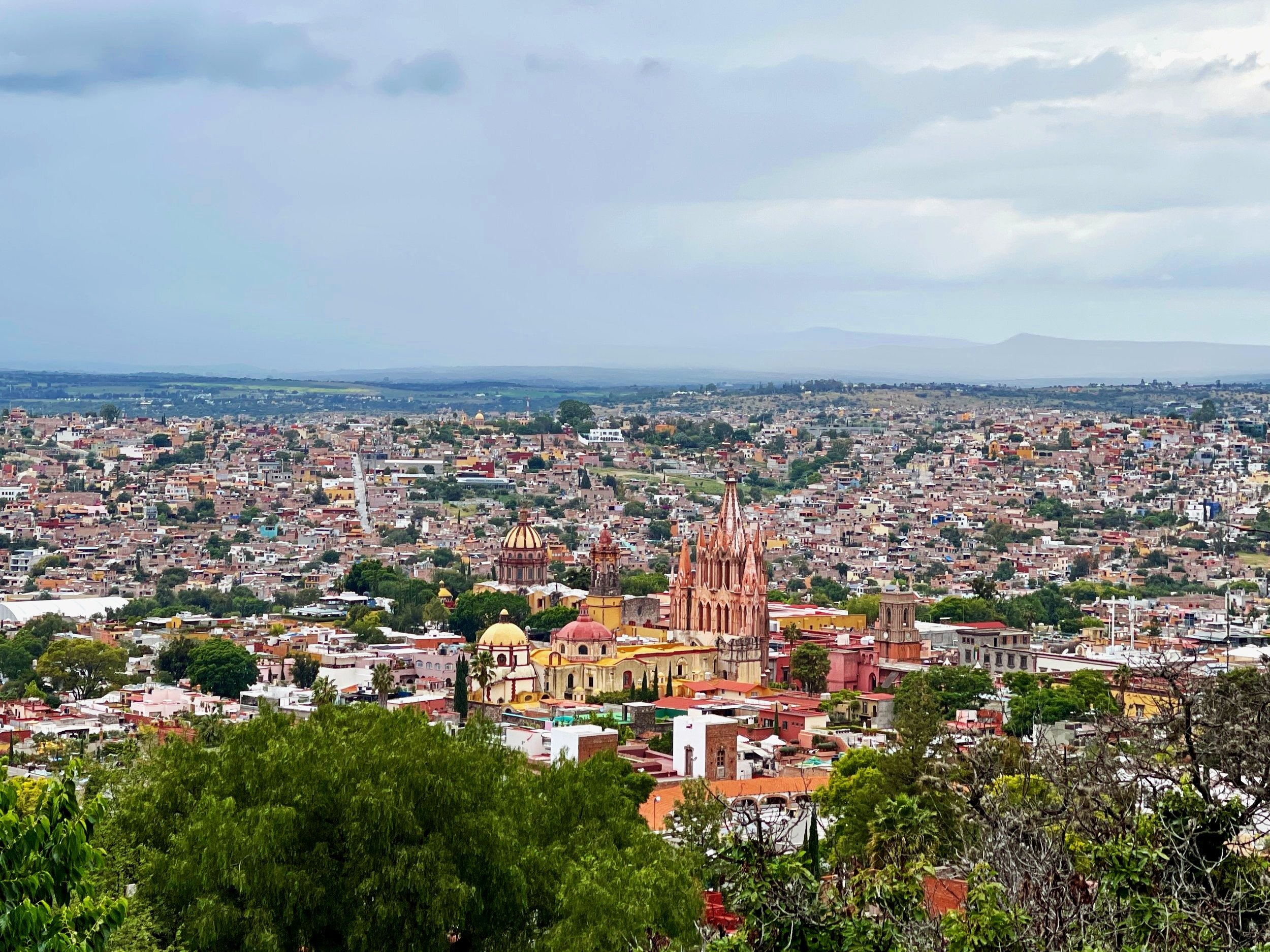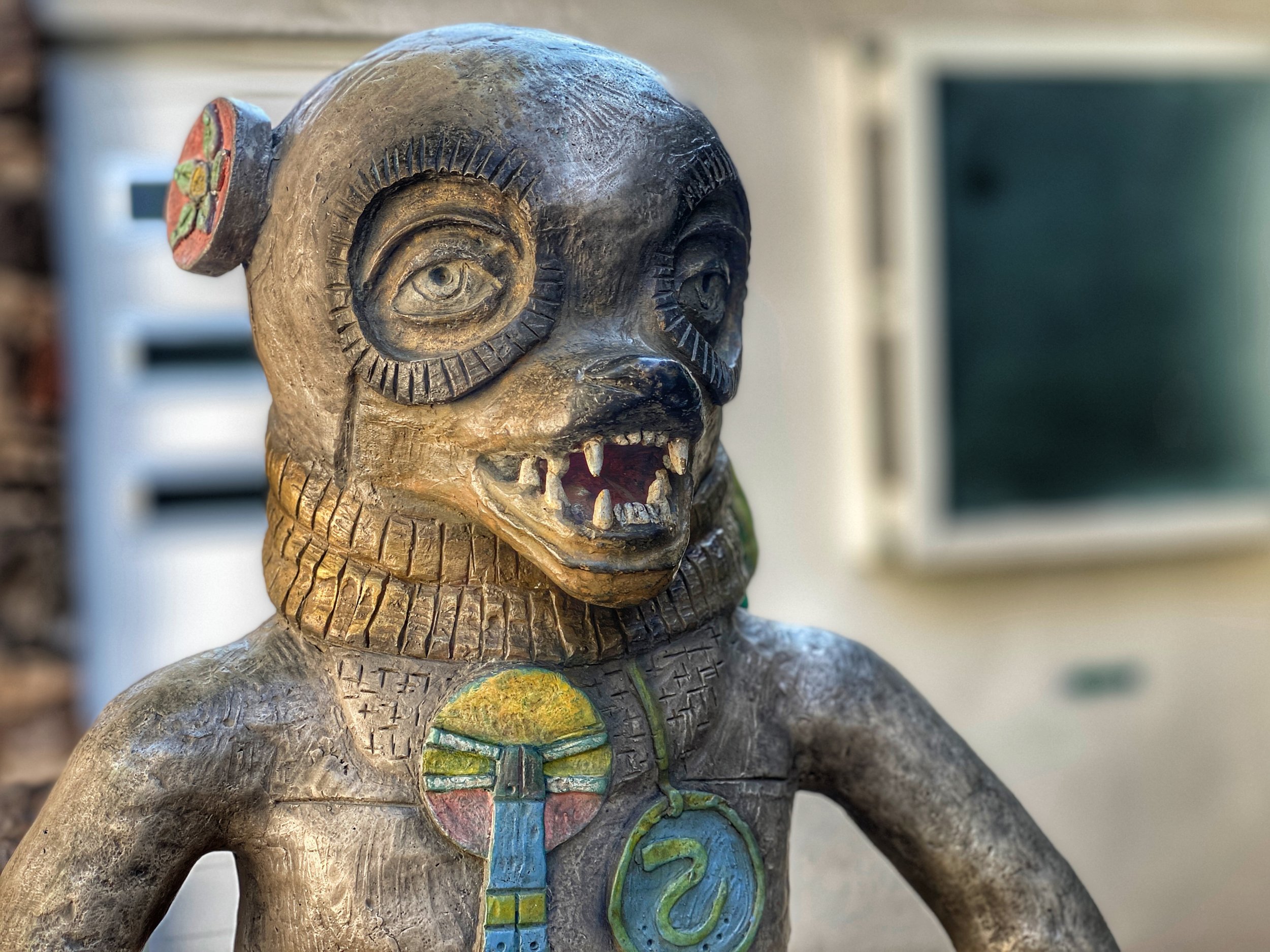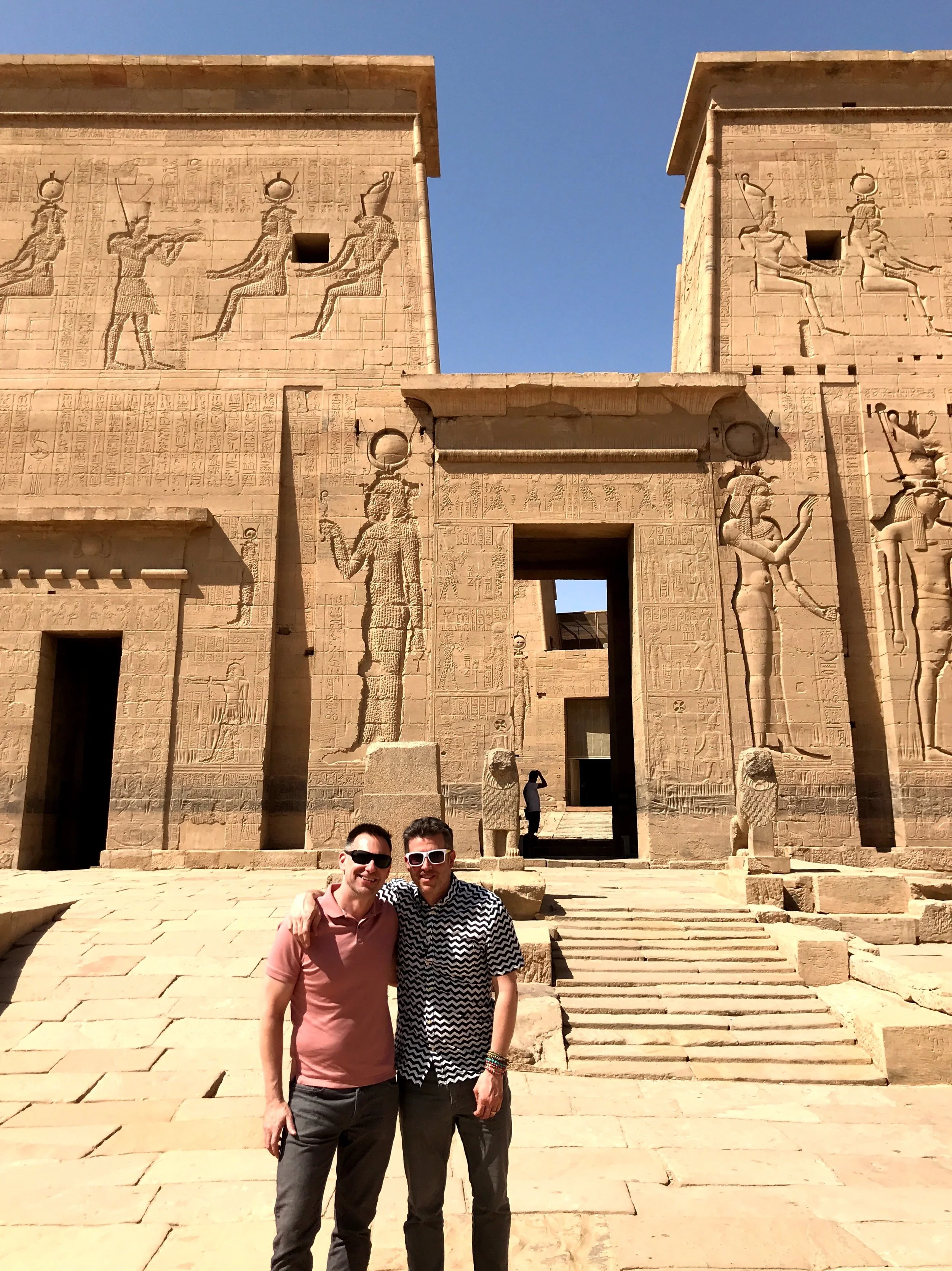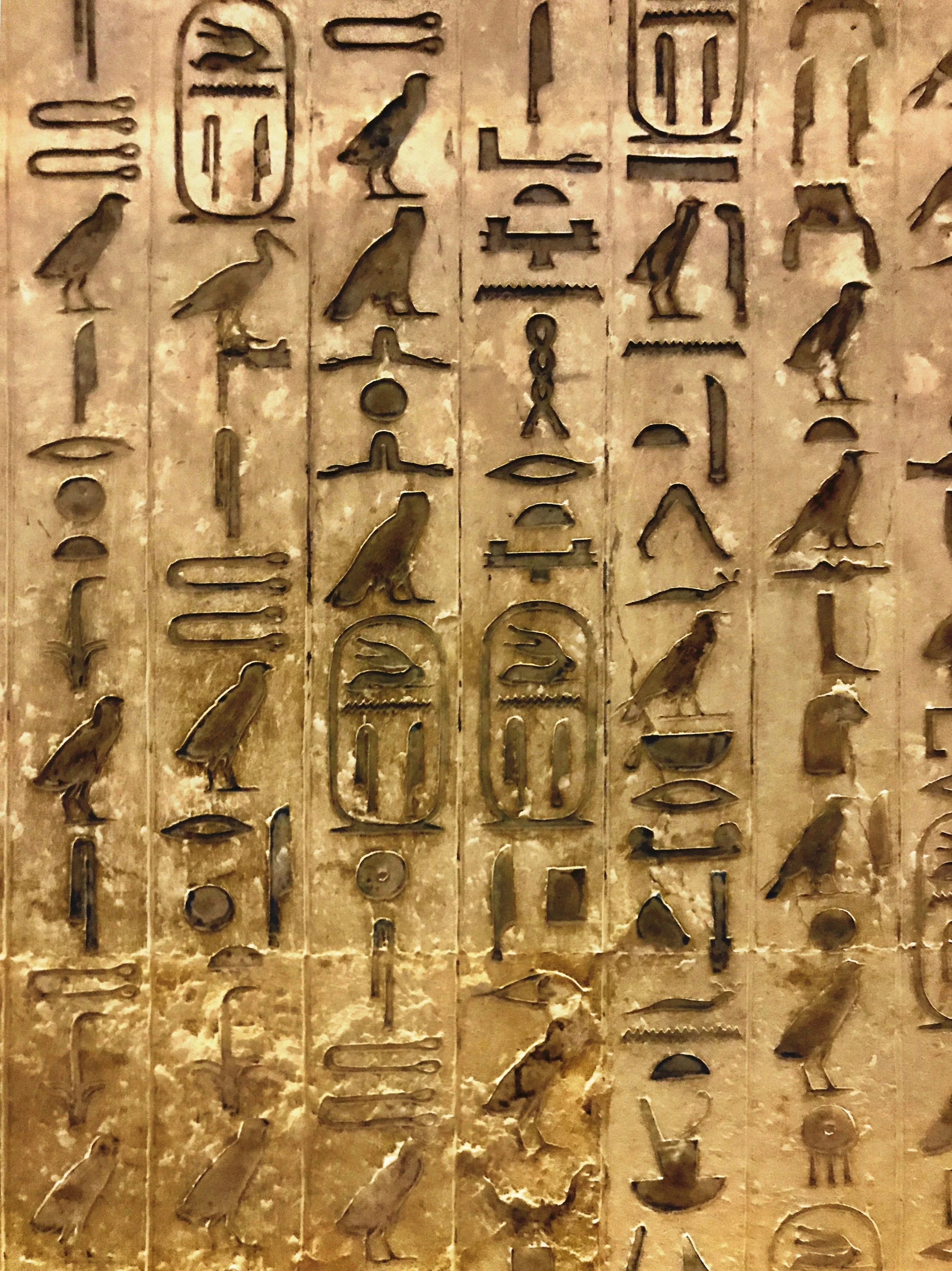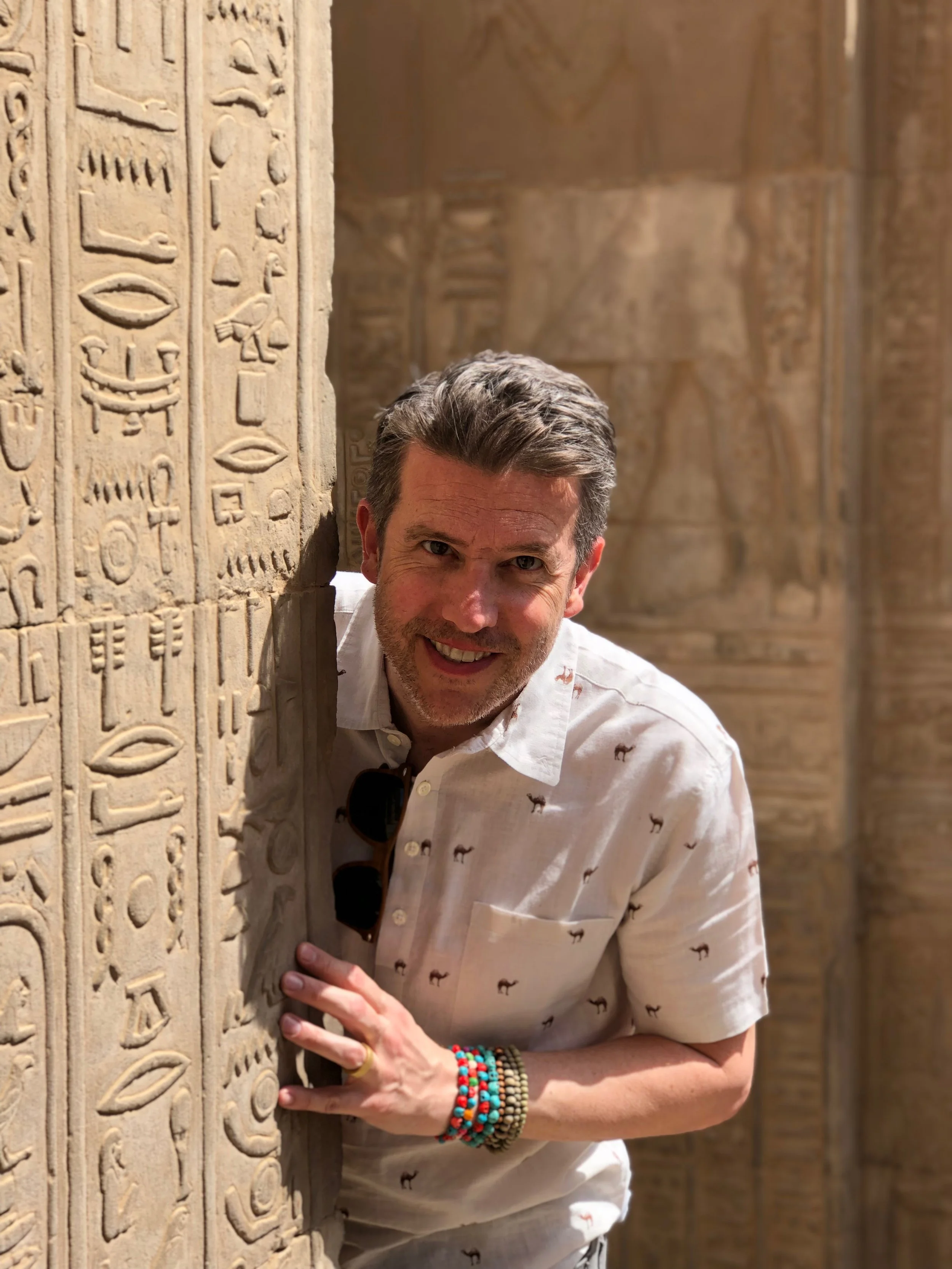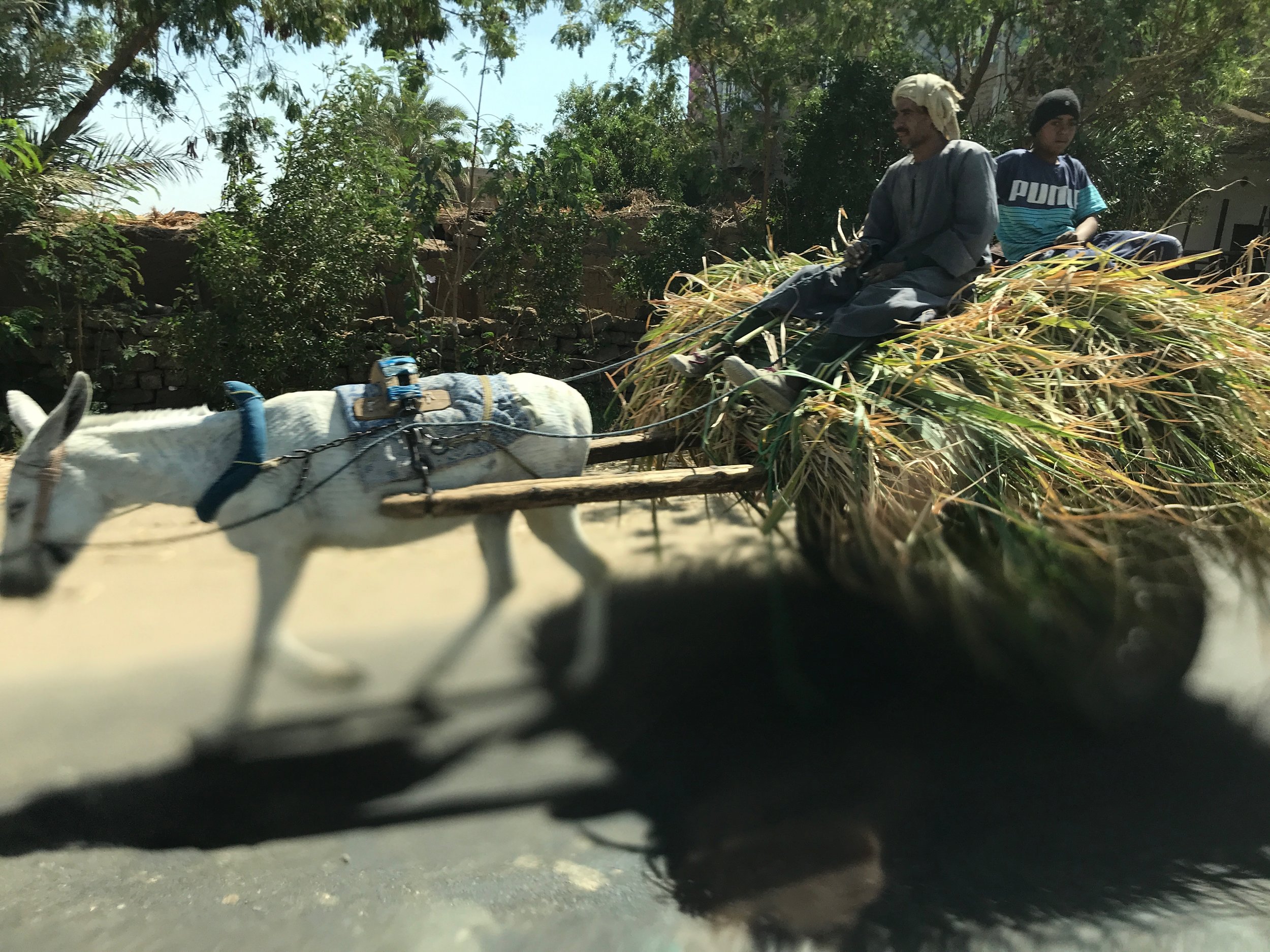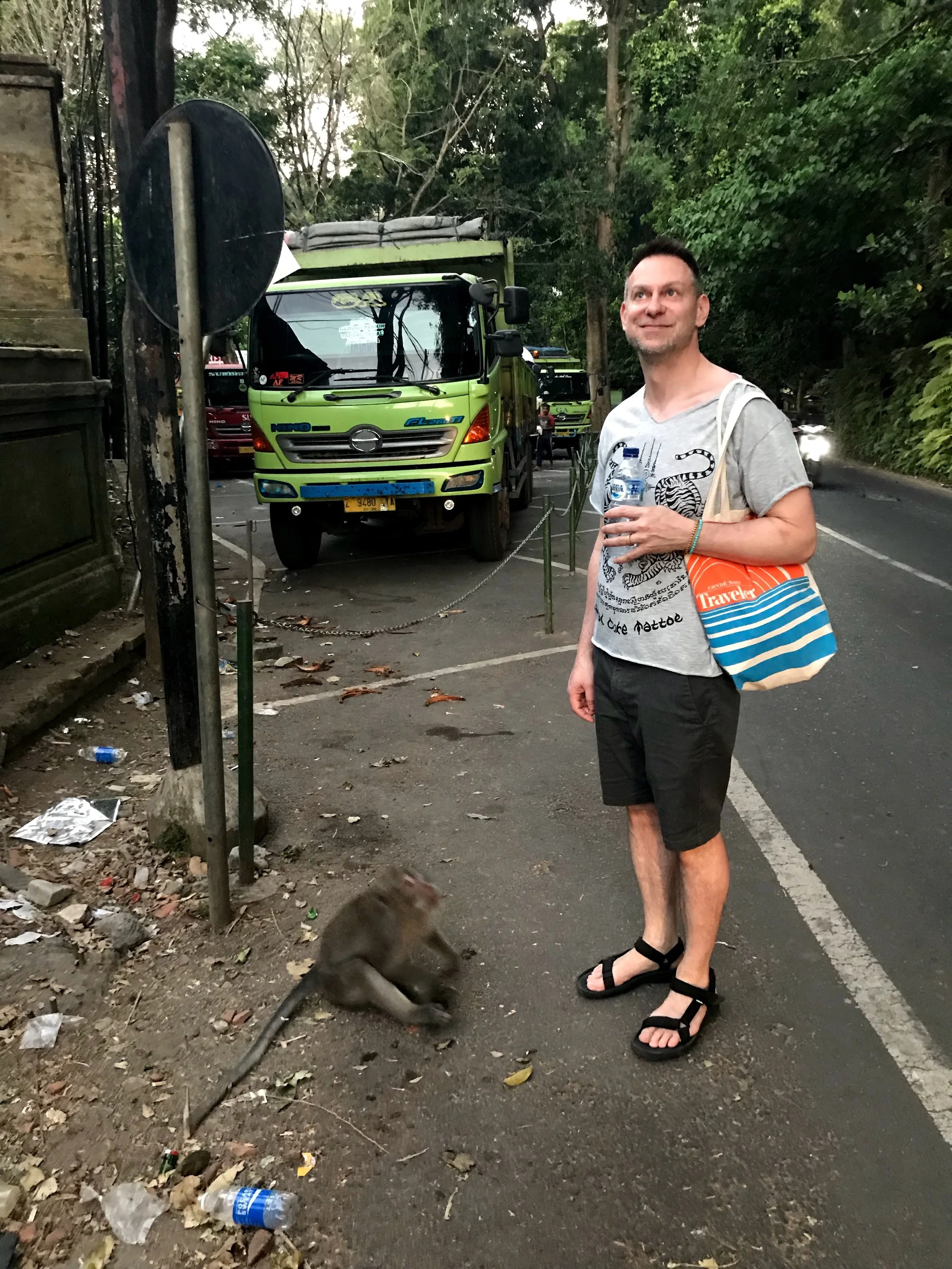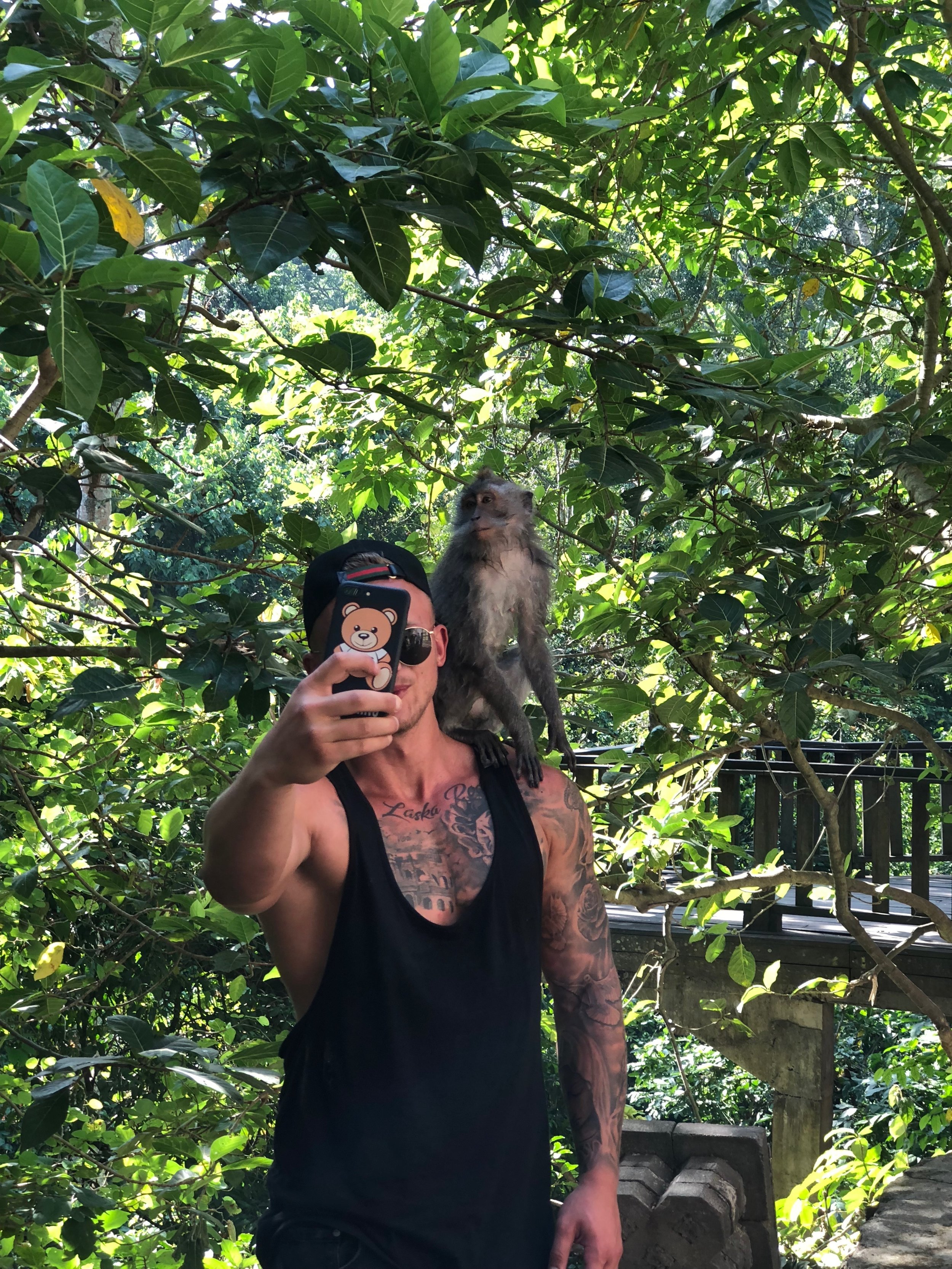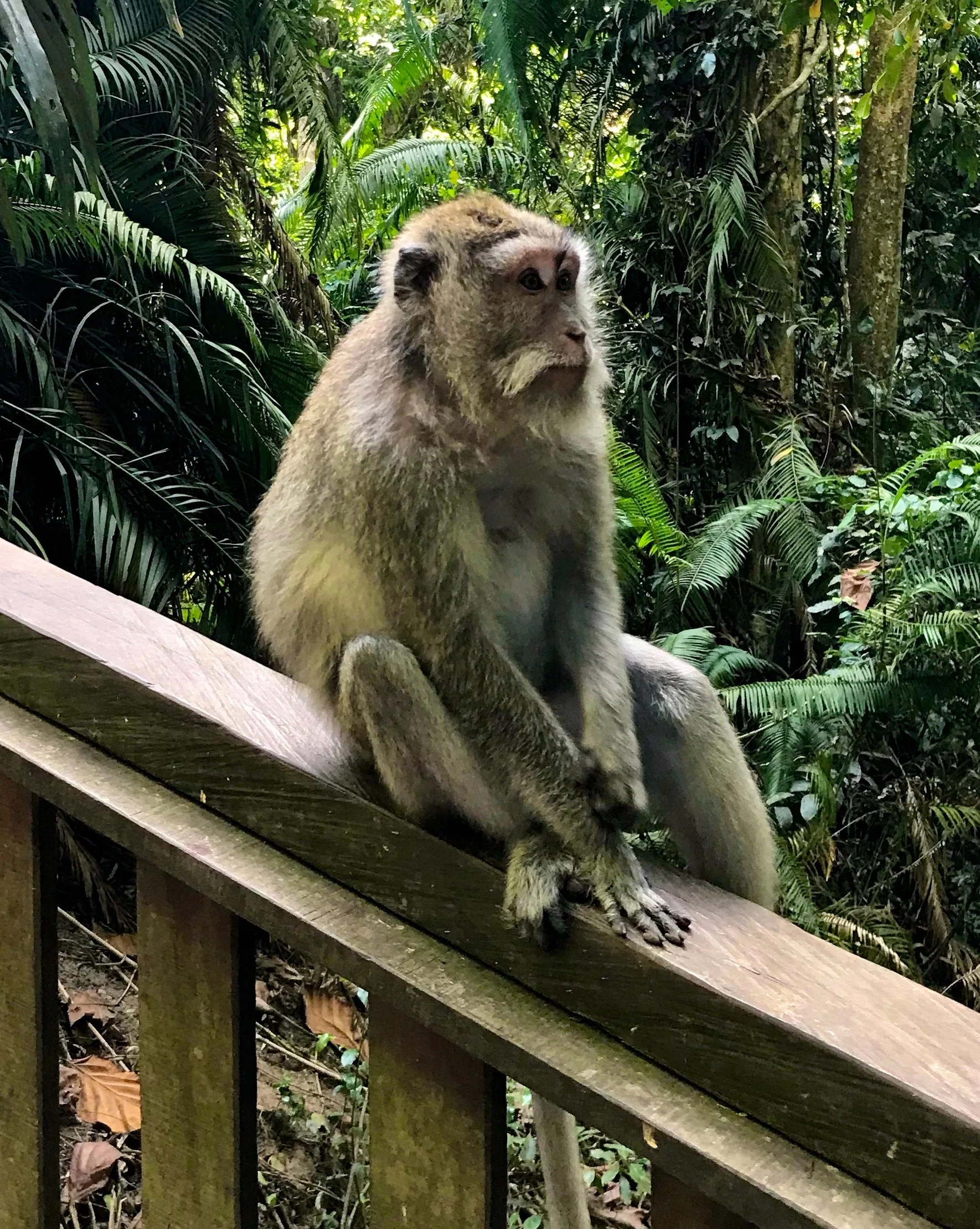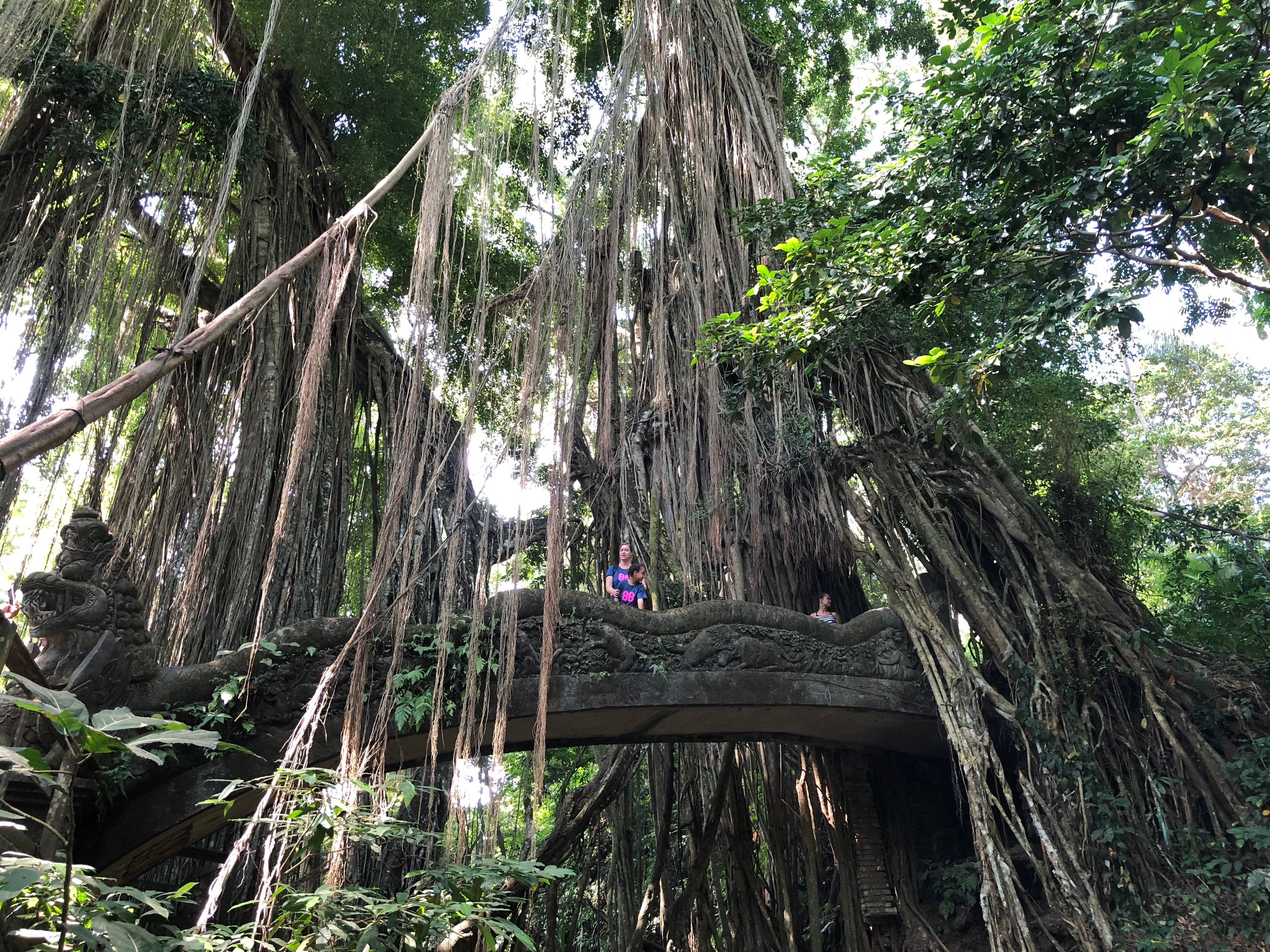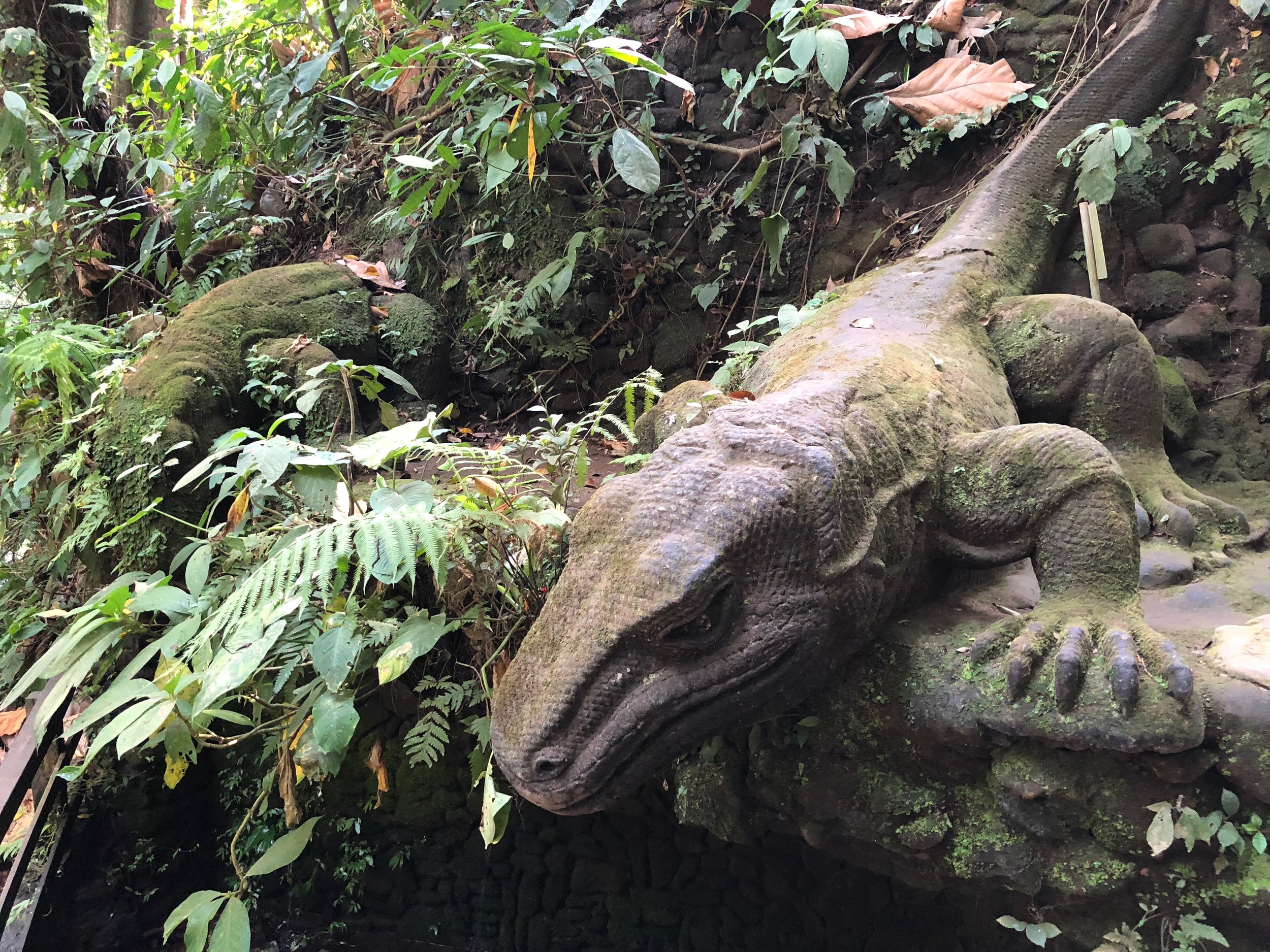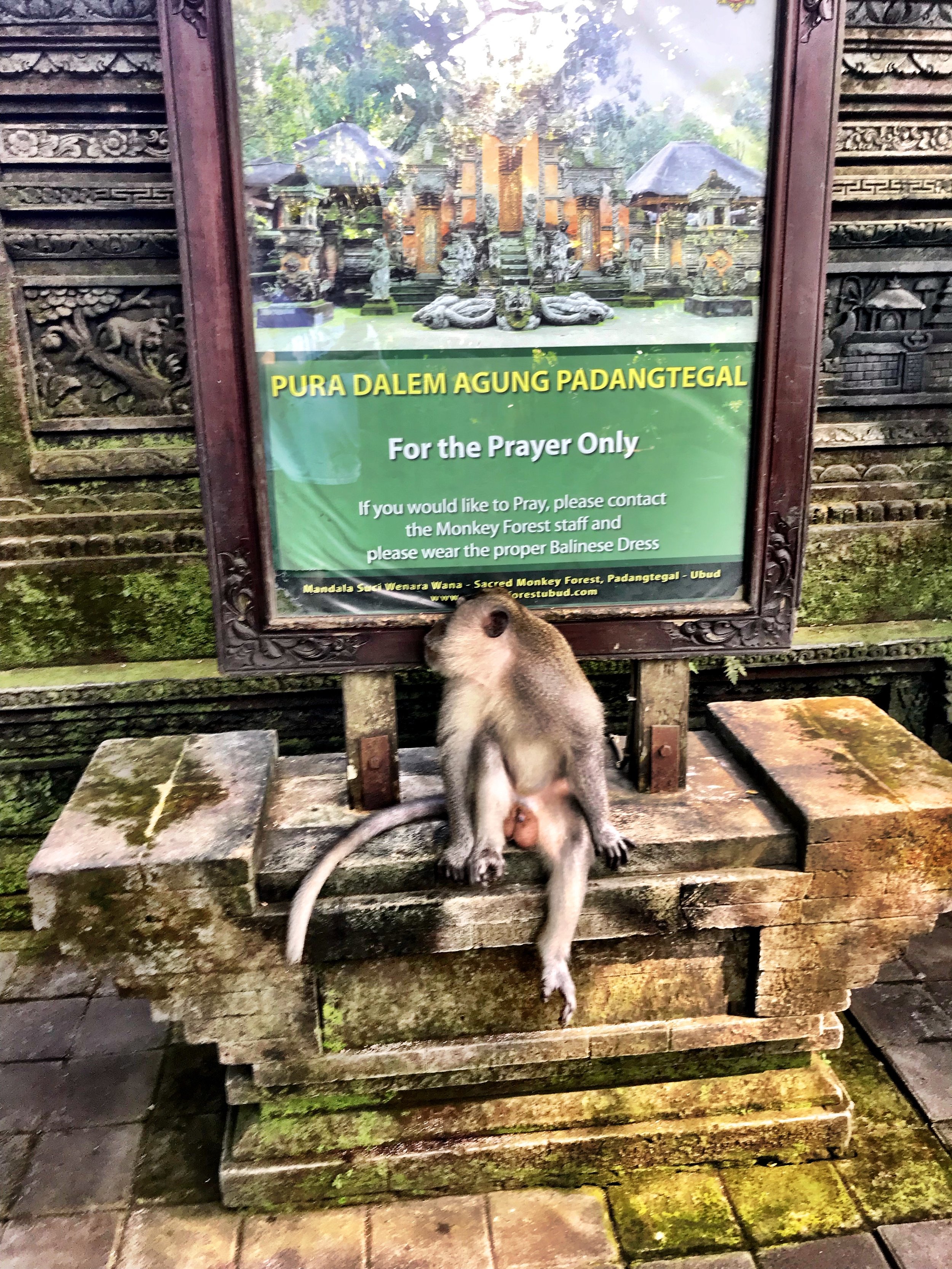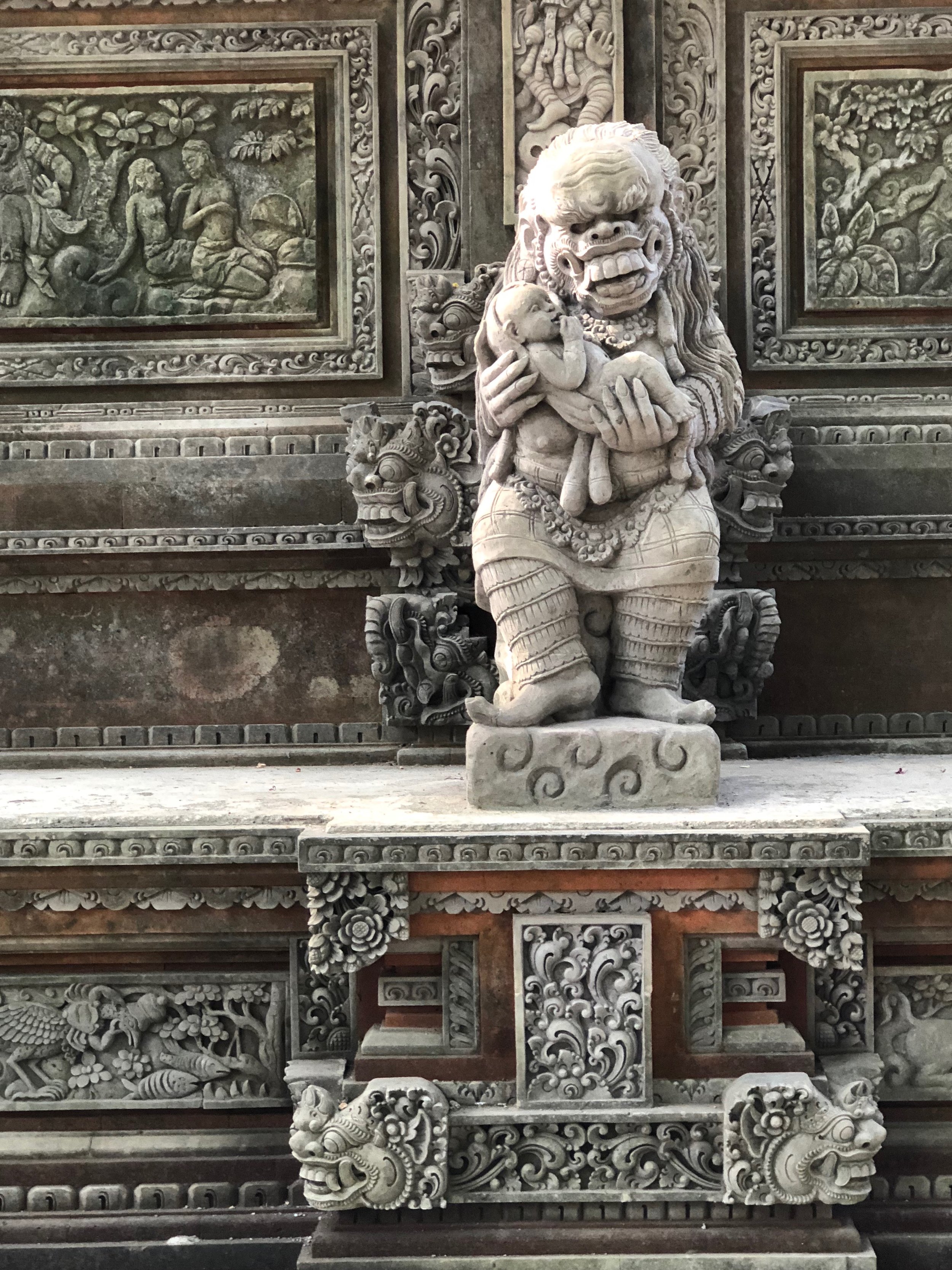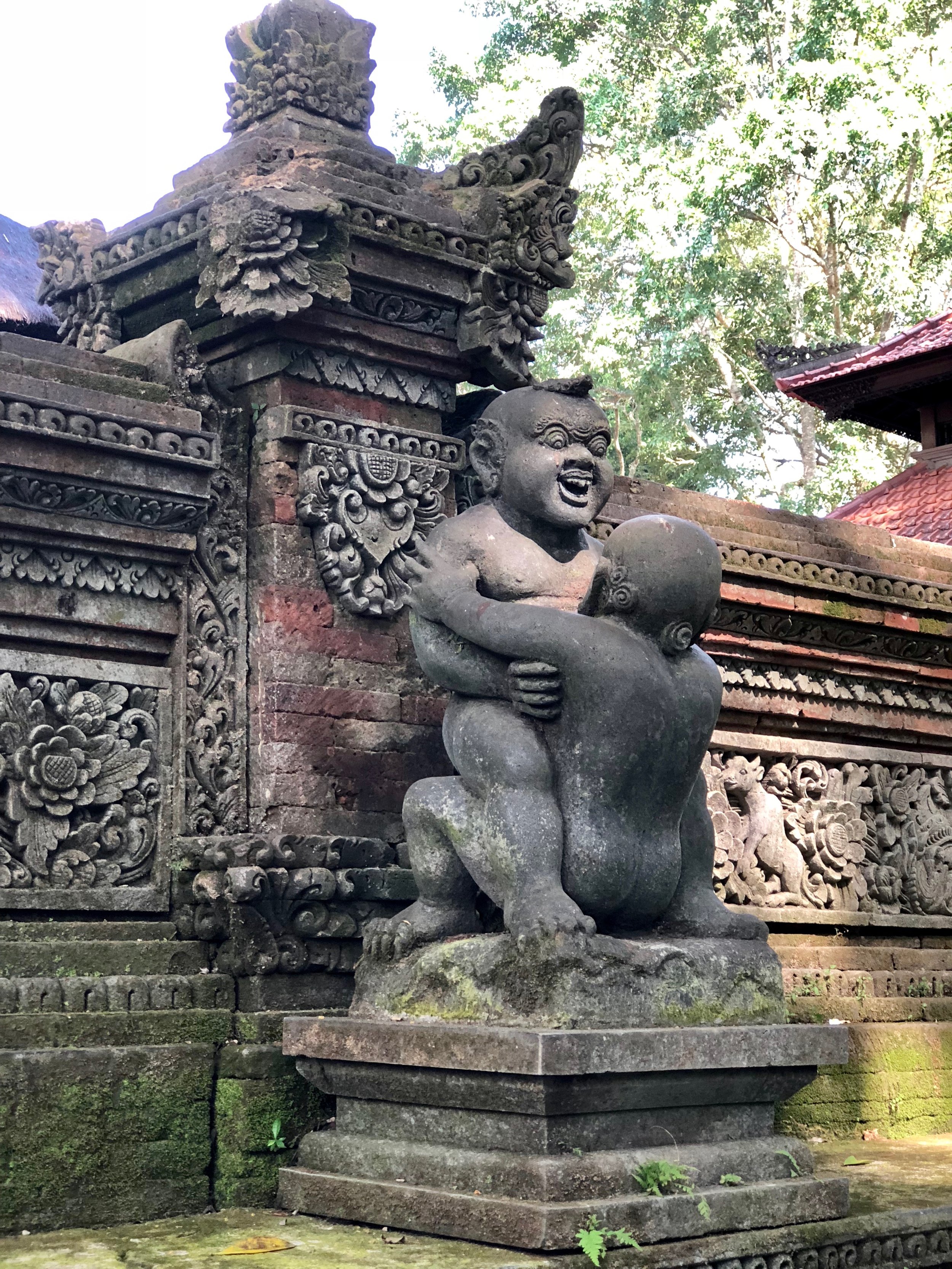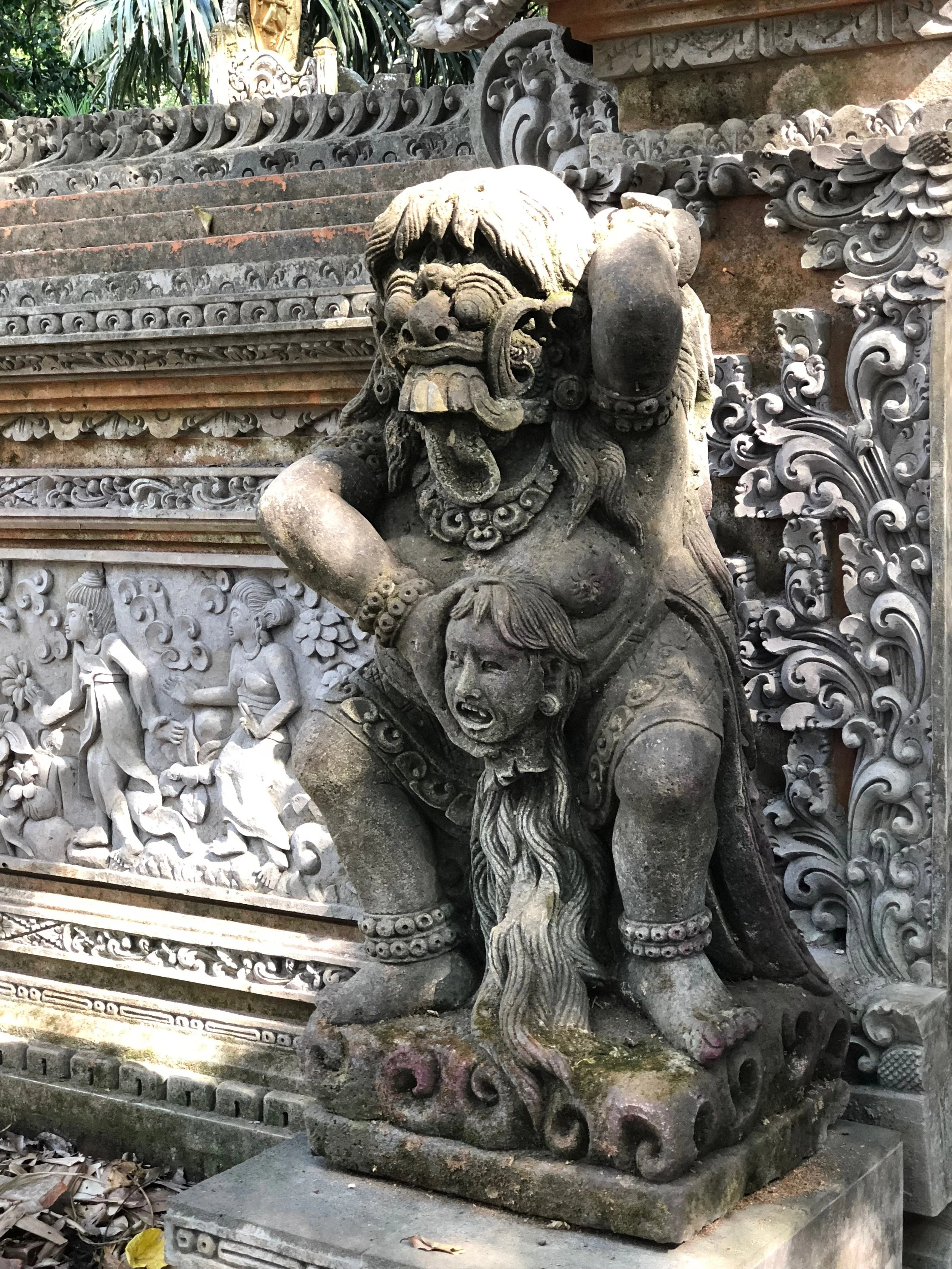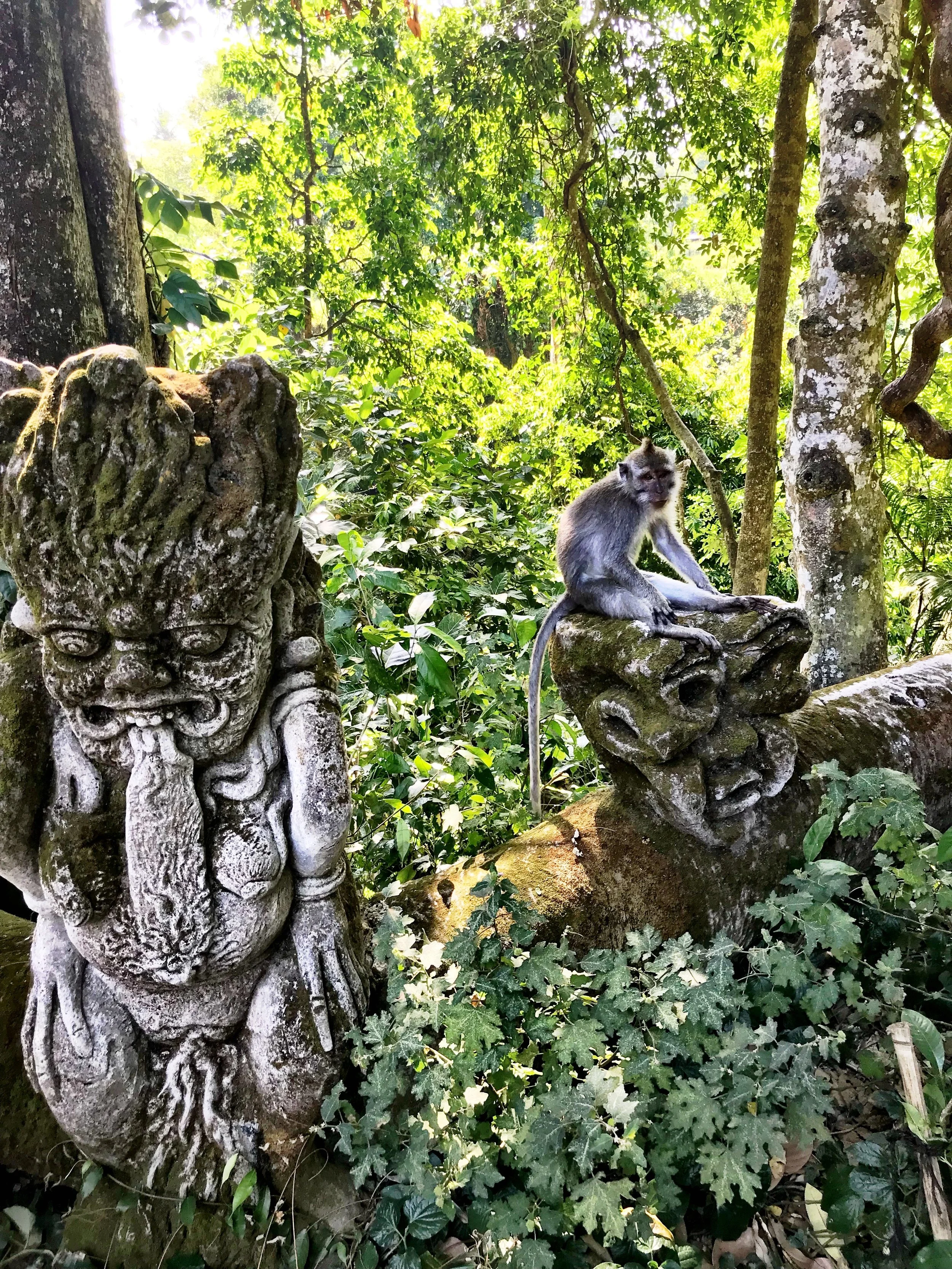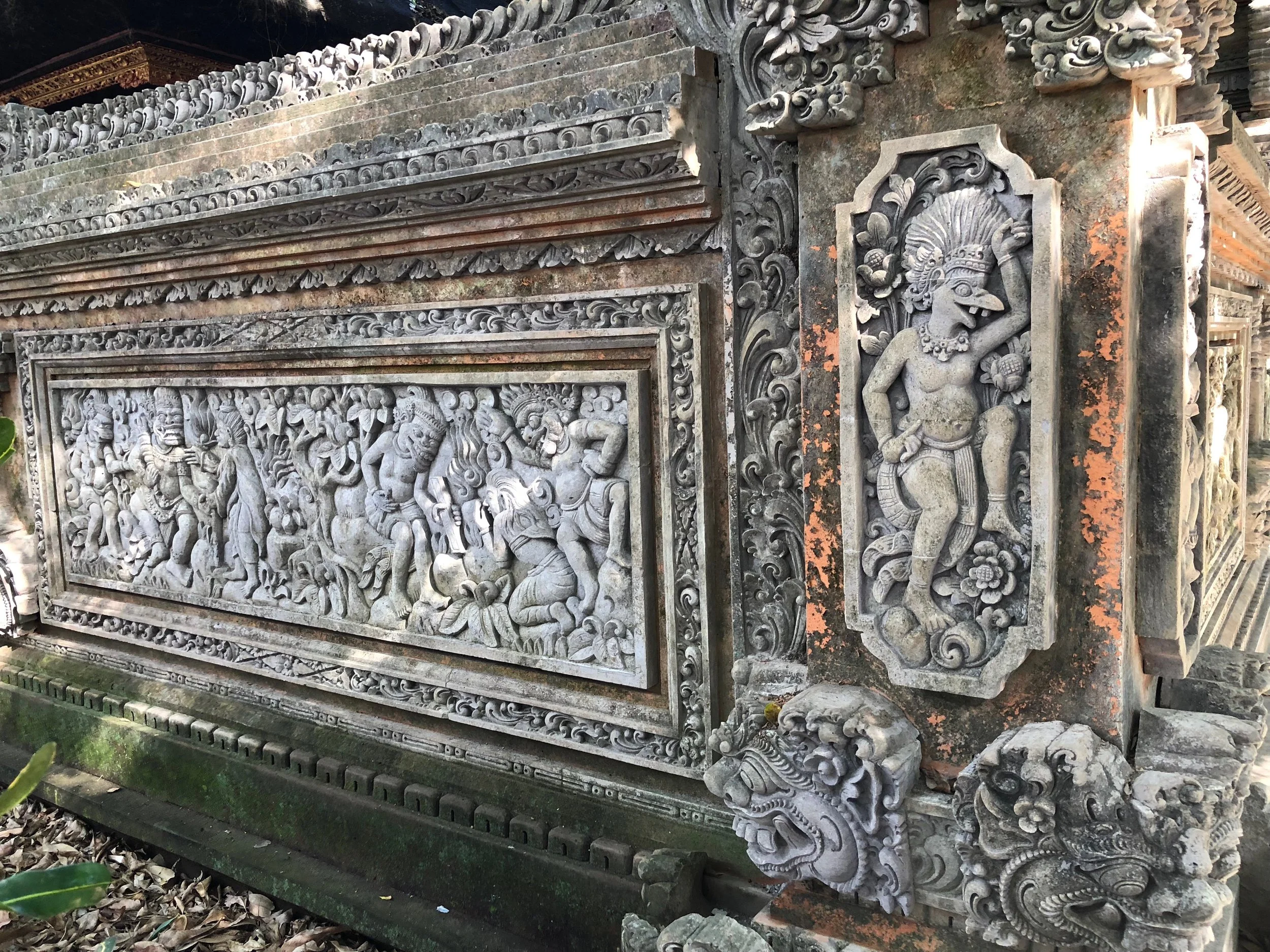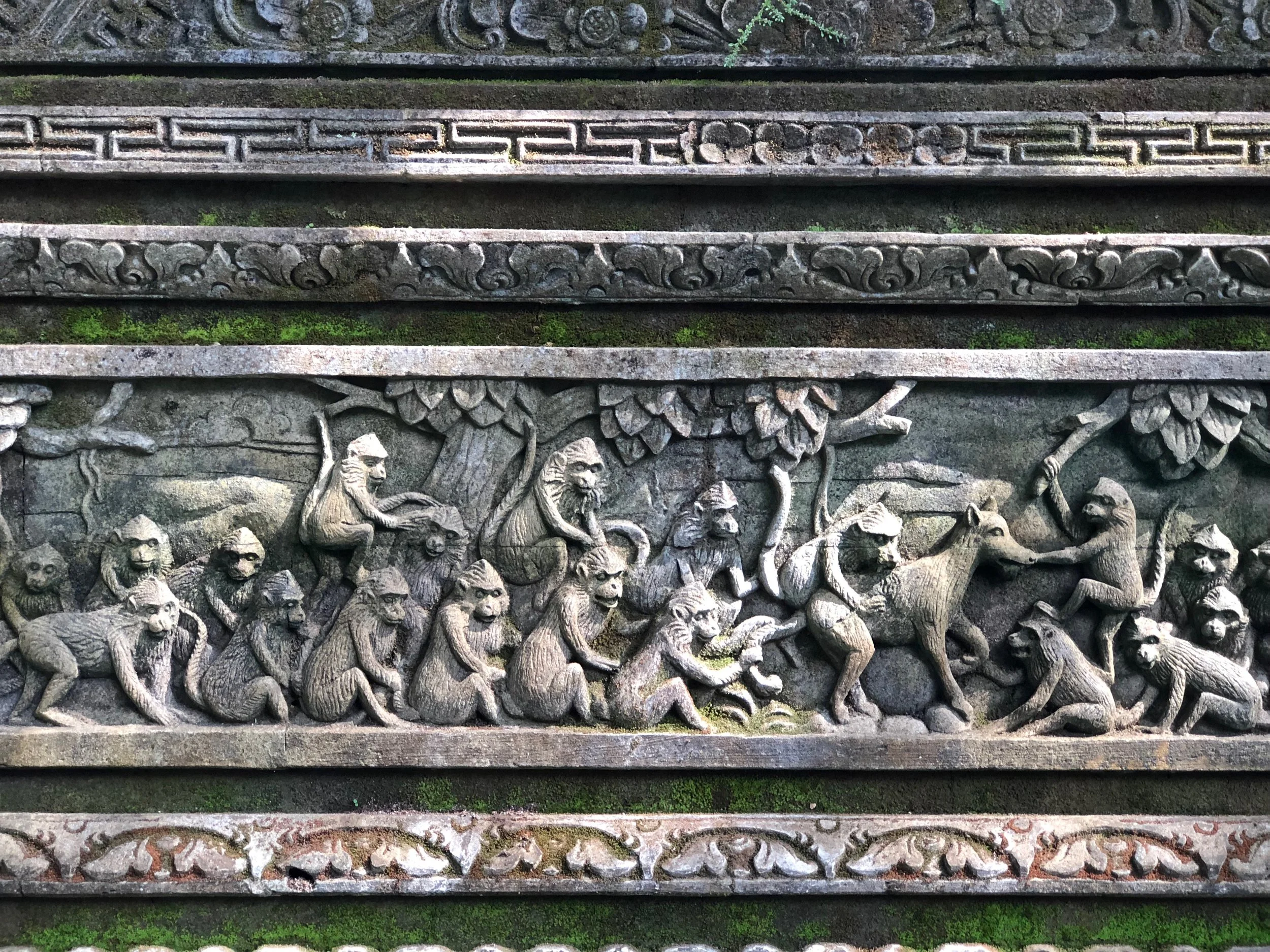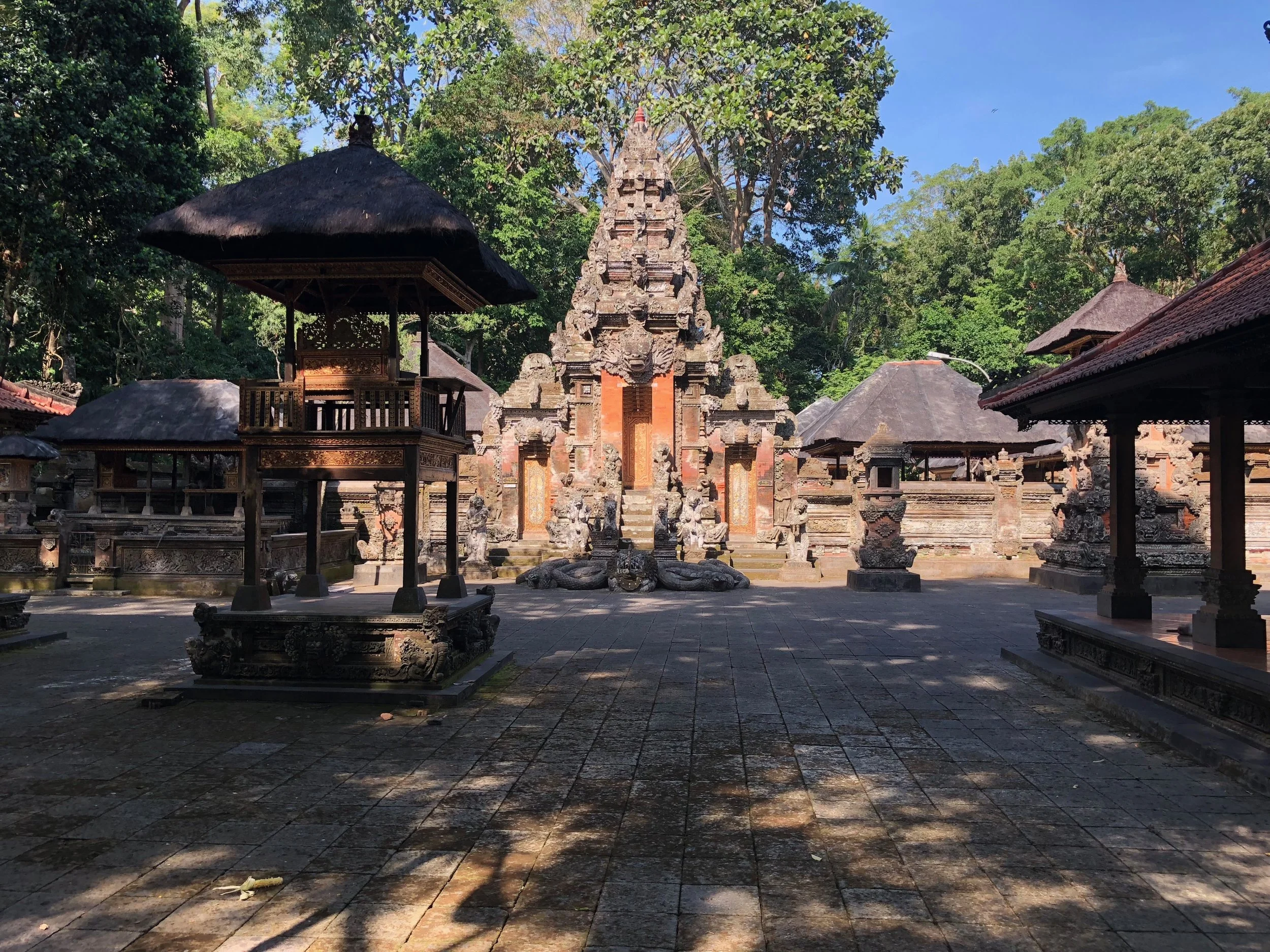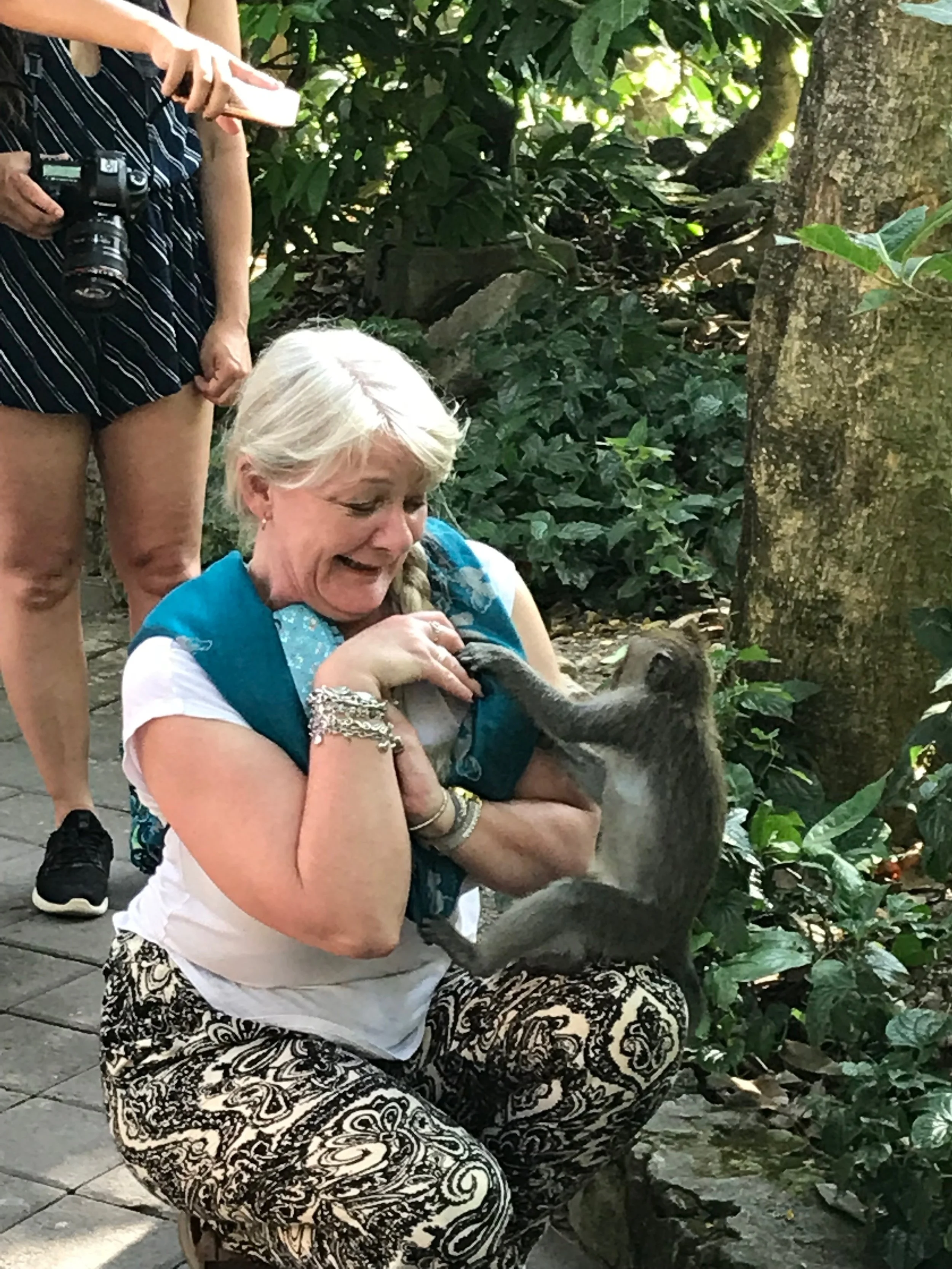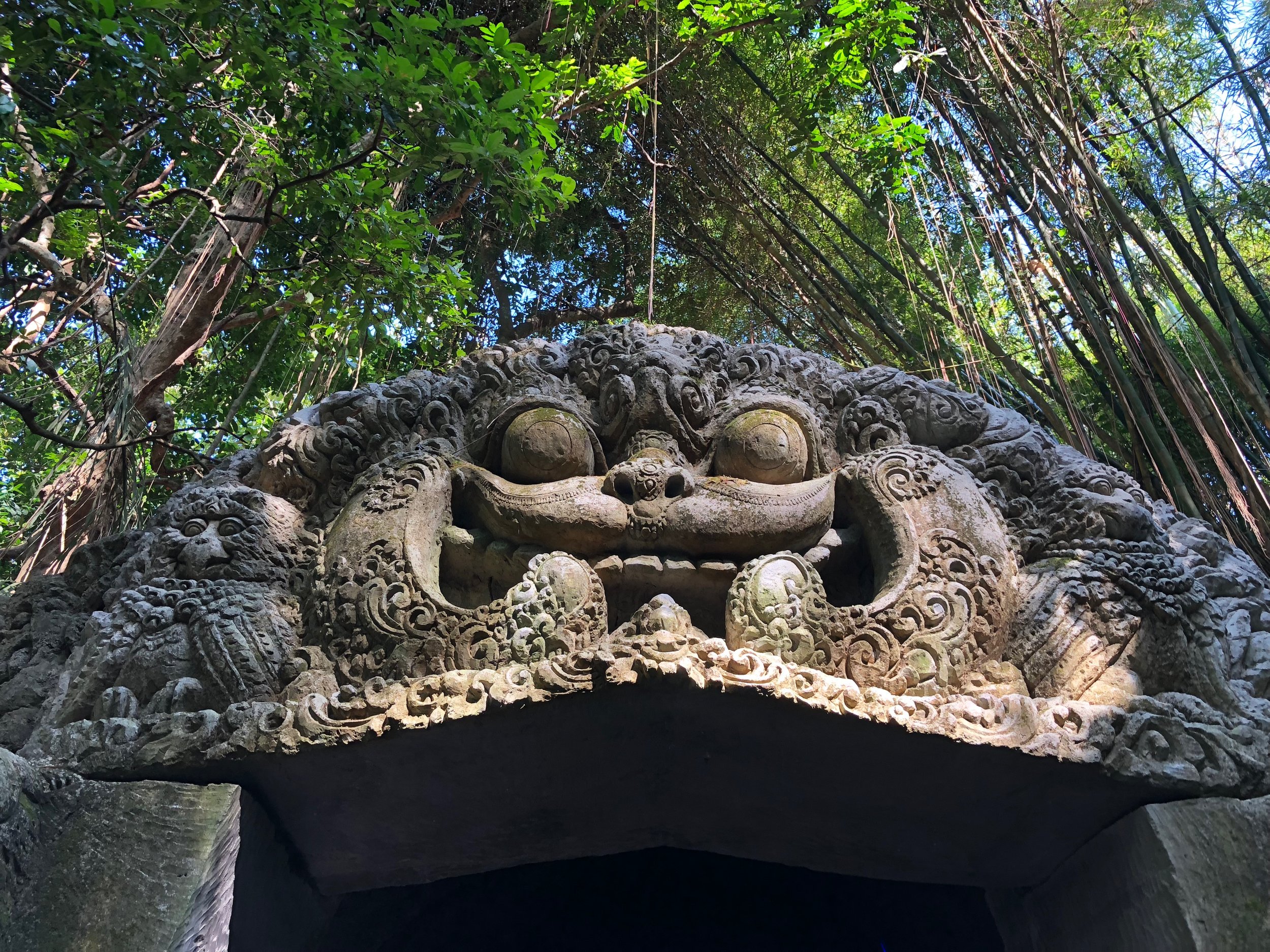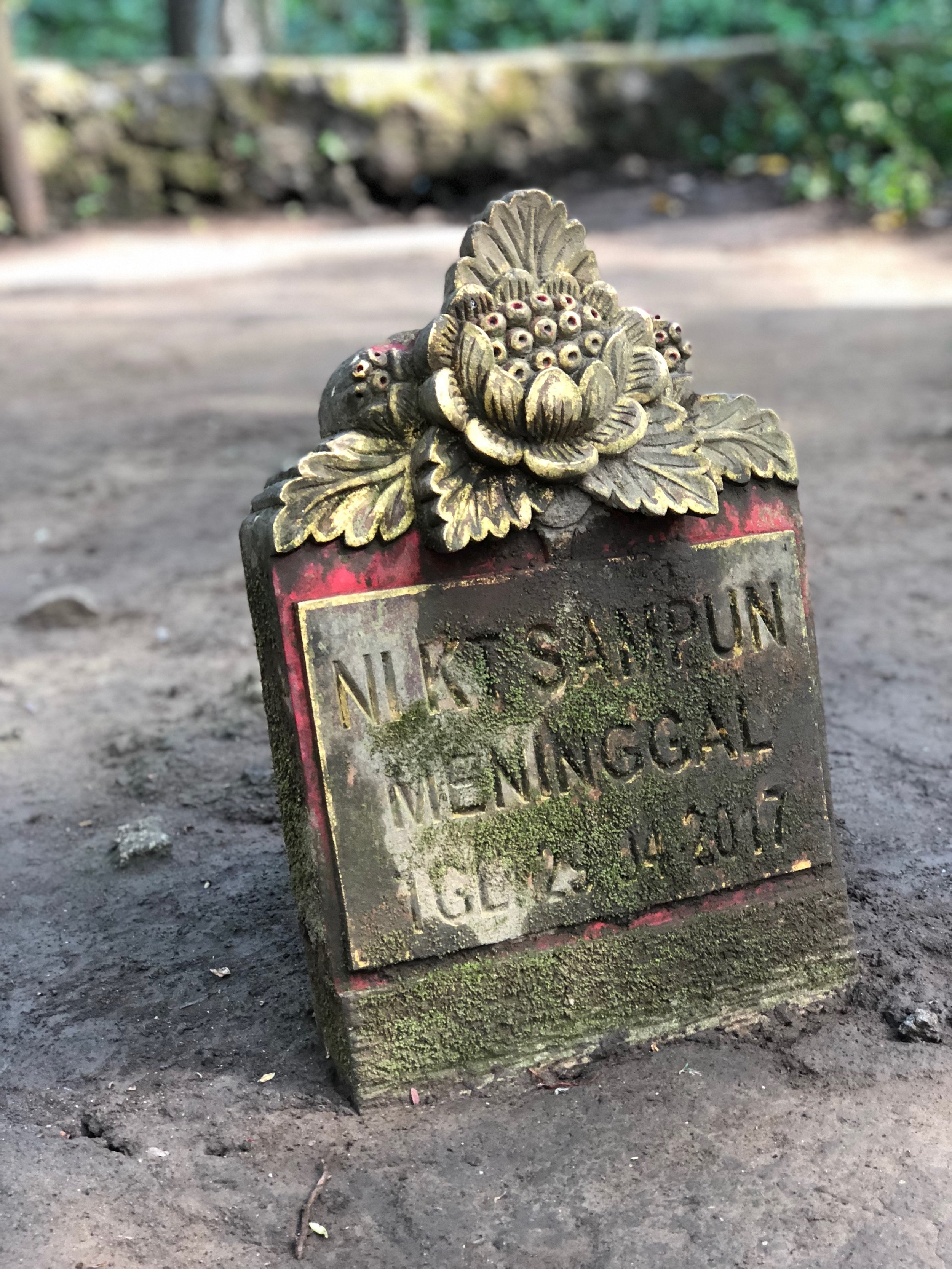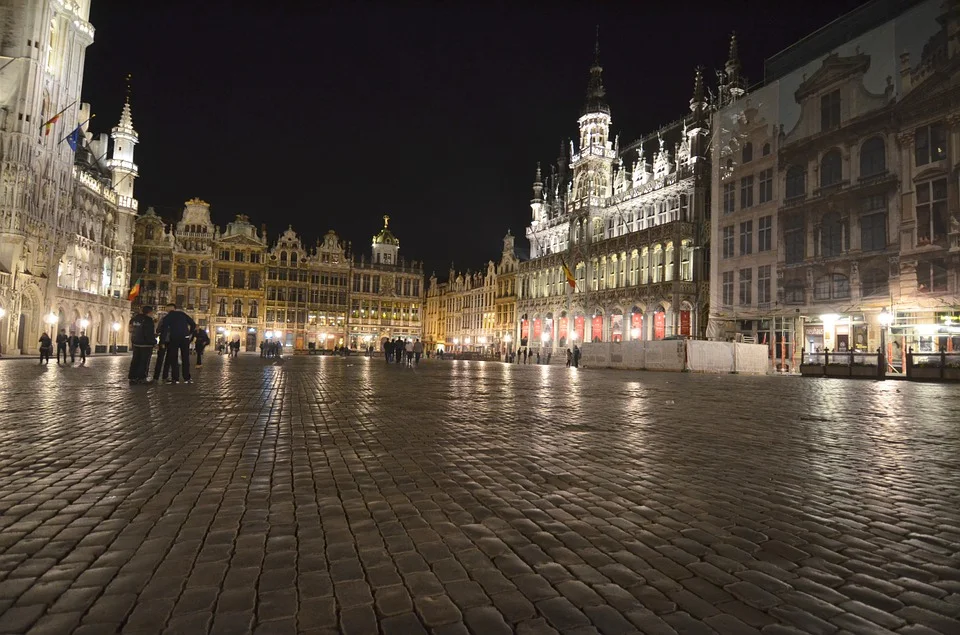A ride-share app to help you get around, things you can do to avoid getting sick, and what gay tourists need to know before a visit to Bali.
With its stunning beaches and rich cultural legacy, Bali remains a popular travel destination. The Ngurah Rai Immigration Office reported that over 2.1 million tourists flew to Bali in 2022, and some sources say that number rose to 5 million visitors last year.
But here’s the twist: With all those seeking a slice of paradise comes the downside of overcrowded beaches, attractions swarming with tourists and nightmarish traffic, not to mention instances of tourists behaving badly. The province is considering implementing a tourist tax, according to Time, to address the environmental impact of tourism, offsetting it with local infrastructure development.
The welcoming nature of the Island of the Gods and its residents is often disrupted by “nuisance” foreigners who disregard local laws and commit social taboos. At the same time, your trip may be marred by health issues if you don’t take the proper precautions — even though no vaccinations are currently required to visit. To truly enjoy the idyllic and tropical experience of Bali, here are some things to keep in mind to help protect you as a tourist and pay respect to your travel destination.
A ride-share app could make getting around Bali a whole lot easier.
Do use trusted transport.
As the number of tourists continues to rise and construction projects spring up all over the island, it’s likely you’ll encounter traffic congestion at some point. The majority of the island’s roads are narrow and winding, creating challenges for cars, trucks and buses to pass each other. Consequently, locals have raised transportation prices for tourists, who reluctantly accept these rates due to a lack of alternative options for reaching their destination.
Visitors just might be able to avoid this by using ride-hailing apps like Grab to call a car or motorbike for transport. It offers fixed rates per booking, so you won’t be surprised by additional costs. The app also monitors every ride to detect unsafe scenarios and sends an alert to users in case they need support.
A lot of beds on Bali have mosquito netting — and for good reason.
Do use mosquito repellent.
Bali's tropical climate, high rainfall and humid conditions create the perfect breeding ground for mosquitoes. In the first quarter of 2023, approximately 2,470 cases of dengue fever were reported, with patients exhibiting symptoms such as high fever, nausea and rashes. In extreme cases, the Environmental Protection Agency (EPA) recommends using products with DEET to protect from mosquito-borne illnesses. Brands that have this ingredient are Off! and Coleman, which you can purchase before your trip.
Heatwaves in Bali are 30 times more common now because of climate change, according to the Indonesian Meteorology, Climatology and Geophysics Agency.
Do maximize sun protection.
Bali’s great any time of year, and as part of Indonesia, has subtle weather changes. From May to September, it’s mostly dry, sunny and warm, while the wet season occurs from November to March. But any time you go, it’s going to be hot. To reduce the risk of sunburn and skin cancer, protect yourself by using a broad-spectrum sunscreen with an SPF rating of at least 30 and consider wearing layers, such as a lightweight long-sleeve shirt.
And remember to safeguard your eyes. Prolonged exposure to UV rays can lead to photokeratitis, akin to sunburn on your eyes, and puts you at risk of cataracts. So try using anti-glare sunglasses with polarized lenses to shield against the Bali sun while maintaining good vision. This is why it pays to invest in a brand known for providing good eye protection. The lenses on Ray-Ban sunglasses, for example, have enhanced UV protection and provide maximum glare reduction to help your vision adjust more easily in sunny areas. And since you can get these lenses on the iconic Wayfarer or classic Aviators, you can add to the style factor of your Bali look.
Touristy areas are more likely to have filtered water and ice, but that doesn’t mean you should ever drink the tap water. One of the first things you should do is get a bottle of water to put in your bathroom for when you brush your teeth.
Don’t drink the tap water.
Visitors to Bali sometimes experience “Bali belly,” which causes them to experience diarrhea, abdominal pain, loss of appetite and nausea. It’s often caused by contamination, as the body isn’t accustomed to unfamiliar bacteria found in local water sources and food. As such, it’s best to only drink bottled or filtered water during your stay. And if you want an iced drink, go to a higher-end café or one that caters to tourists — and make sure you ask that the ice is made from filtered water. Or, you can play it safe and skip the iced lattes and smoothies while you’re on Bali.
Don’t forget ocean safety checks.
Bali’s a surfer’s paradise for beginners and seasoned professionals alike, drawing visitors to spots like Canggu, Nusa Lembongan and Keramas, to name a few. However, the waves can be sizable and challenging, so it’s advisable to look for flags indicating designated swimming areas and their conditions. Consult local lifeguards to ensure safety and avoid swimming near surfers, as there's a risk of accidental collisions.
Additionally, you should ask whether the area has any coral reefs you need to be cautious of when you’re swimming, diving or surfing.
A huge part of the charm of Bali is experiencing its rich Hindu culture. And while Hinduism is more tolerant of gays than Islam, don’t do anything that could get you into trouble (i.e., be low-key).
Don’t neglect local laws regarding LGBTQ+ issues.
While Indonesia boasts the world’s largest Muslim population, Bali stands out as an island where the majority of its inhabitants practice Hinduism. One of the religious concepts practiced here is based on atma, promoting a live-and-let-live philosophy. This inclusive atmosphere is one of the many factors that make it a popular destination among the lesbian, gay, bisexual, trans and queer (LGBTQ+) community. However, it’s crucial to note that cultural boundaries still exist, and public displays of affection for both gay and straight couples are frowned upon.
Despite Bali being more tolerant, the country of Indonesia doesn’t officially recognize same-sex relationships. They have enacted laws making consensual sex outside of marriage illegal, which applies to citizens and foreigners, gay and straight alike.
While queer tourists are welcome, you can’t freely practice the same openness with your identity that you might back home. In fact, USA Today reported that in January 2020, an American lesbian couple was deported after promoting the island of Bali as “queer-friendly.” Do yourself a favor: Avoid discussing LGBTQ topics. As with anywhere you go, respect local customs and err on the side of caution.
But if you follow these do’s and don’ts, you’re bound to discover the beauty that Bali offers. –Abigail Cameron



